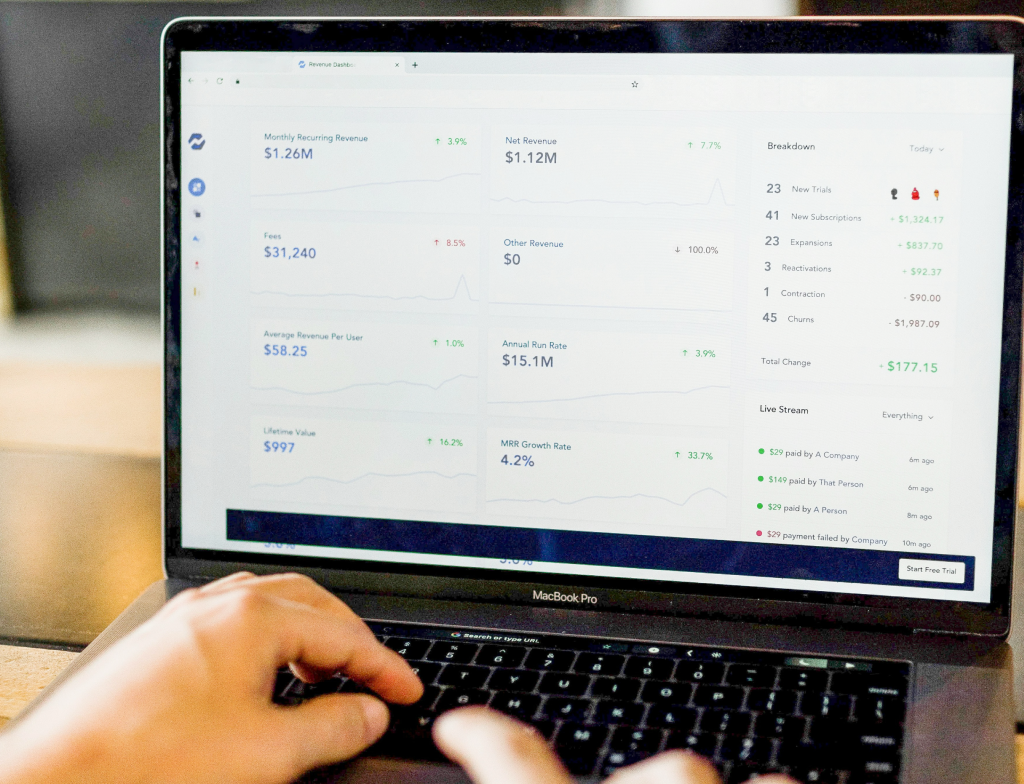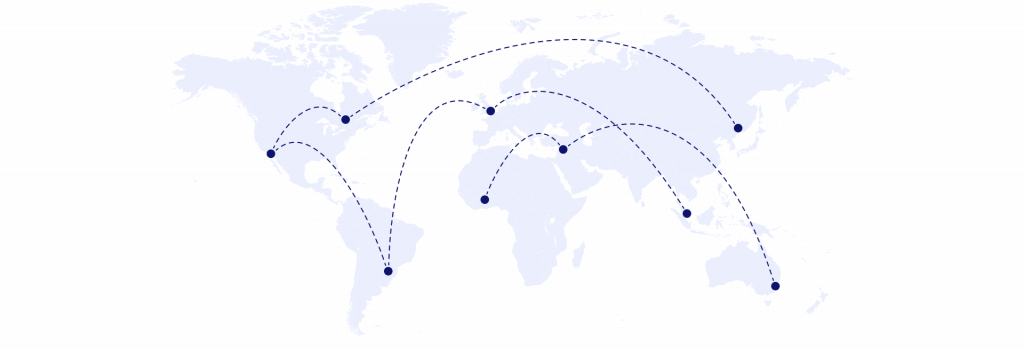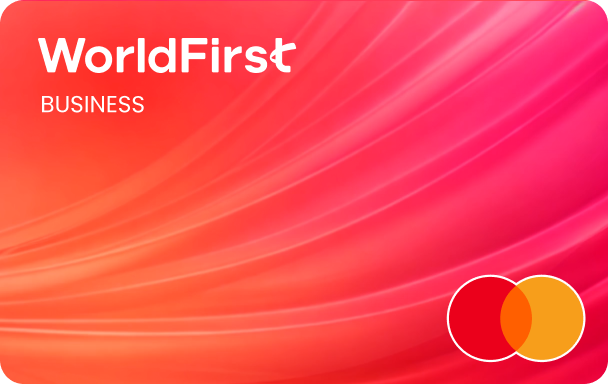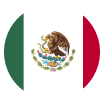How to manage global business payments
Business payments get harder to track when you expand internationally. Read on to find out how to monitor incoming and outgoing payments and how to simplify your international accounts.

Most entrepreneurs open business current accounts to draw a line between personal and business finances. What if you plan to expand internationally, though — are there extra steps you should take to track incoming and outgoing payments on a global basis?
If you intend to make international business payments, it is sensible to monitor and record transactions in a separate ledger. We’ll go over a few global bookkeeping best practices a little later; first, we’ll explain how domestic and international business payments differ from each other. Finally, we’ll reveal why it makes sense to use a currency transfer partner for cross-border transactions.
Domestic vs international business payments
Domestic payments are simple. You just open your banking app, choose a recipient and send funds instantly. Suppliers and trading partners get paid on the spot, and eCommerce gateway payments flow straight into your business account.
Until recently, small business international payments were a little trickier – and far slower. Banks sent transaction details via the Society for Worldwide Interbank Financial Telecommunication (SWIFT) network, and funds took as long as five business days – sometimes longer – to arrive. Alternatives to international bank transfers were sometimes quicker, but were notoriously costly.
Now, global companies have a choice: they can keep routing international transfers via banks, or outsource cross-border transactions to security-conscious fintechs.
- Open 15+ local currency accounts and get paid like a local
- Pay suppliers, partners and staff worldwide in 100+ currencies
- Collect payments for free from 130+ marketplaces and payment gateways, including Amazon, Etsy, PayPal and Shopify
- Save with competitive exchange rates on currency conversions and transfers
- Lock in exchange rates for up to 24 months for cash flow certainty
Global bookkeeping and accounting best practices
As a responsible New Zealand-based business, you almost certainly monitor domestic transactions very closely. Reasons to keep tabs on incoming and outgoing payments – over and above the bookkeeping practices required by IR – abound; sales volume, for instance, is a valuable key performance indicator.
Let’s take a look at some other global bookkeeping and accounting best practices, all of which will help you gauge expansion success, optimise payments and track KPIs:
- Keep domestic and international transactions separate: If you do business in several countries, maintain separate records for each country. You might need to pay corporate income tax in each country if you maintain a permanent business presence in numerous places.
- Maintain individual supplier records: Keep supplier transactions separated to ensure you pay the right amount of tax to the right agency.
- Keep thorough payroll records: If you employ staff overseas, make sure you keep comprehensive payroll records and that you pay appropriate payroll taxes to the relevant authorities.
- Establish internal control procedures: In simple terms, internal controls equate to no one person being in charge of an entire process. Put two people in your team in charge of international payments, and allocate a third to account reconciliation.
- Track time spent on tasks: Track the time you spend — and if applicable, the time your employees spend – on admin tasks, payroll-related tasks and other jobs. You may be able to increase efficiency by automating some assignments.
- Monitor accounts payable and accounts receivable: Track both AP and AR in real time to maximise your cash on hand.
- Reconcile statements promptly: Staying on top of your bookkeeping helps to ensure that small problems don’t turn into big problems.
- Integrate accounting software: if you have an account with WorldFirst, you can connect it seamlessly with Xero.
- Stay in close contact with your international accountant: Touch base with your accountant regularly to keep tabs on international tax requirements.
Why use a currency transfer partner?
Using a currency transfer partner to make international business payments could save you both time and money. Sending incoming and outgoing payments via SWIFT can be very expensive – especially if you transfer or receive funds on a regular basis. Currency transfer partners use innovative methods to cut costs, and they pass those savings on to you.
Simply put, if you work with an international payments company such as WorldFirst, you can reinvest the money you save in your business. In practical terms, that could mean better equipment, more advanced technology or – if you’re an SME – higher quality supplies and better raw materials.
Streamline small business international payments with WorldFirst
At first glance, having just one financial destination for all business transactions seems like a sensible idea. Actually, there are good reasons to separate domestic and international payments. If you do business in several countries, for instance, you might need to file tax forms in numerous places. You might also need to claim tax relief in the UK on export-related fees – and if so, you’ll need to maintain doubly accurate records.
At WorldFirst, we aim to make life simpler for importers, exporters and marketplace sellers in New Zealand. Payments between New Zealand and the USA go through in hours, not days, and you can speak to an account manager if you need help completing a transaction.
Discover how an account from WorldFirst could benefit you.

.png)
Tips to optimise product sourcing from China
Let's break down the top strategies to optimise and simplify product sourcing from China.
Jun / 2024
The benefits of multi-currency accounts for your business
Multi-currency accounts are an alternative to local bank accounts, providing businesses with a single account to manage multiple currencies.
Jun / 2024
What is a multi-currency account and How Does it Work?
A multi-currency account allows businesses to transact, hold, and manage multiple currencies.
May / 2024Insights from WorldFirst cover the latest FX news, top accounting tips, strategies to mitigate risk and key industry trends. Choose a category below to find out more.
- Almost 1,000,000 businesses have sent USD$300B around the world with WorldFirst and its partner brands since 2004
- Your money is safeguarded with leading financial institutions

































































